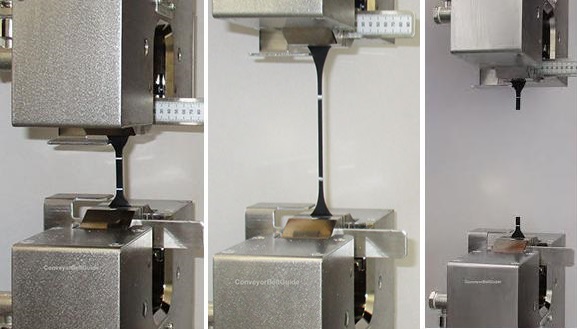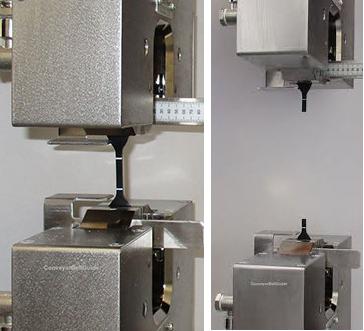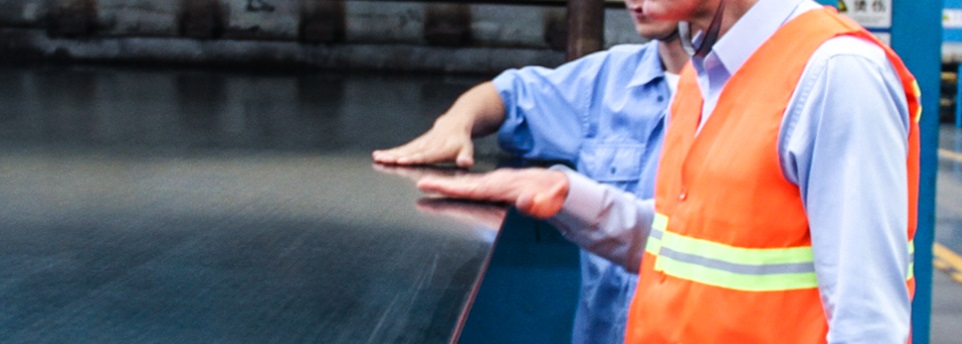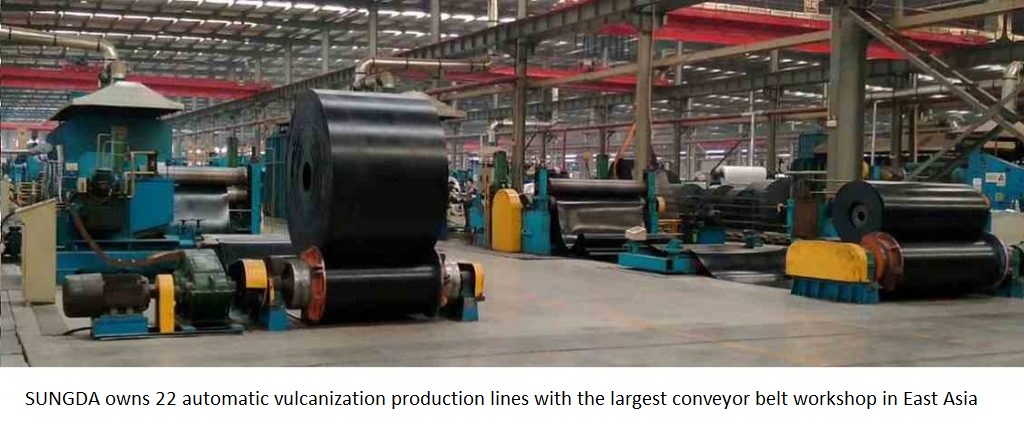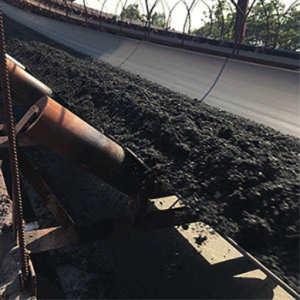How to reasonably design long-distance conveyor lines
Due to the characteristics of production in the cement and mining industries, raw material mines are often far away from the main production plant. With the maturity of the manufacturing technology and design concept of long-distance conveyor belt conveyors, more and more belt conveyors of several kilometers, ten kilometers or even dozens of kilometers are used in cement plants. The conveyor belt conveyor is suitable for conveying a wide range of materials. Almost all bulk materials such as limestone, raw coal, clinker, sandstone and clay in the cement plant can be conveyed by the belt conveyor.
Some time ago, a user inquired about the design, advantages and disadvantages of a ten-kilometer belt conveyor. Let me share with you the design process of long distance belt conveyor.
In the design of long-distance belt conveyors, the direction of the long-distance belt conveyor is usually combined with the terrain, and the reasonable arrangement of main components such as driving, turning and tensioning, which not only ensures the normal operation of the equipment, but also takes into account the needs of power supply, distribution and maintenance. This is the focus of the design work. and difficulties.
01
overall arrangement
Due to the long conveying distance of the long-distance conveyor line, which is outside the production area and the complex terrain, it will inevitably bring many unexpected difficulties to the process layout. It directly affects the investment cost of the long conveyor belt, the difficulty of engineering construction and the subsequent production operation and maintenance.
The overall layout of the regional layout plan should be combined with the geographical location of the feeding point and the discharge point of the long conveyor belt to select a route that is relatively close and has little terrain fluctuation. The layout area should avoid high-voltage lines, oil pipelines, dense residential areas, highways, Influence of railways, etc.; in real engineering construction, it is often impossible to take into account all problems, so it is necessary to divide the long conveyor belt into two or several sections of conveyor belt to achieve. The height of the corridor can meet the clearance requirements, avoid high brackets, and arrange along the terrain as much as possible to reduce investment costs and operating costs. At the same time, when it is close to the residential area, the corridor of the conveyor belt machine needs to adopt a closed design to reduce the impact of the operating noise of the conveyor line machine on the environment of the sensitive area.
02
Drive arrangement
The driving device of the long conveyor belt is very different from the ordinary conveyor belt. The ordinary conveyor belt driving device generally adopts a single drive, a low-voltage motor, and the head wheel as the driving drum, and the downward conveyor can use the tail wheel as the driving drum. The drive of the long conveyor belt is generally double drive or multiple drives, and most of them are high-voltage motors. Considering the layout space and convenient maintenance, the drive device can be arranged on the ground below the conveyor, close to the head or tail of the conveyor belt, so that it is convenient for adjacent ones. The conveyor belt machine is powered centrally, and the head wheel and tail wheel are only used as diverting rollers.
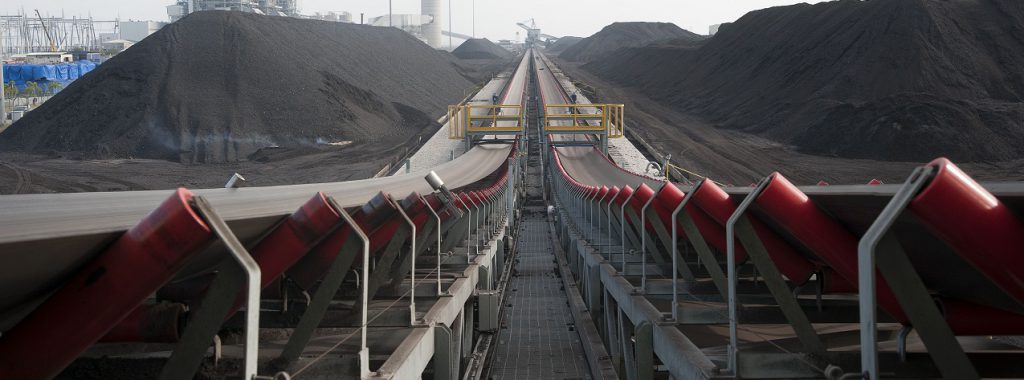
03
Turnover arrangement
The conveyor reversing device is to turn the conveyor belt that has passed around the head roller so that its working surface faces upwards without contacting the lower idler. Turn it over and reset it before bypassing the tail roller, which can avoid scraping the residue on the conveyor belt to the ground when the lower idler is in contact with the working surface of the conveyor belt, which will affect the working environment and save the workload of manual cleaning. Generally used on long conveyor belts, the longer the conveying distance, the more significant the economic benefits.
In the long conveyor belt arrangement scheme, it is necessary to consider setting aside a set of space for the arrangement of turning devices at the head and tail of the long conveyor belt. Each turning device needs about 30m to 40m and must be closed.
04
Tensioner arrangement
The function of the tensioning device is to tighten the conveyor belt, so that it has the working tension required to ensure normal operation, and also compensate for the elastic elongation of the conveyor belt. The tensioning device of the long conveyor belt is mainly determined according to the different forces caused by the direction of the conveyor belt and the layout space of the surrounding site. There are many types to choose from, such as: fixed winch tensioning, self-controlled hydraulic tensioning, double hammer tensioning, heavy hammer car type (fixed sheave type, tower sheave type) tensioning and combined tensioning. The tensioning device is generally arranged close to the driving roller in the long conveyor belt, so that the reaction time is short and the tensioning effect is excellent.
The design of long conveyor belts is a complex system engineering involving many aspects. This paper mainly introduces the process layout of the long conveyor belt, and the specific force calculation needs to be carefully analyzed in combination with the site conditions.
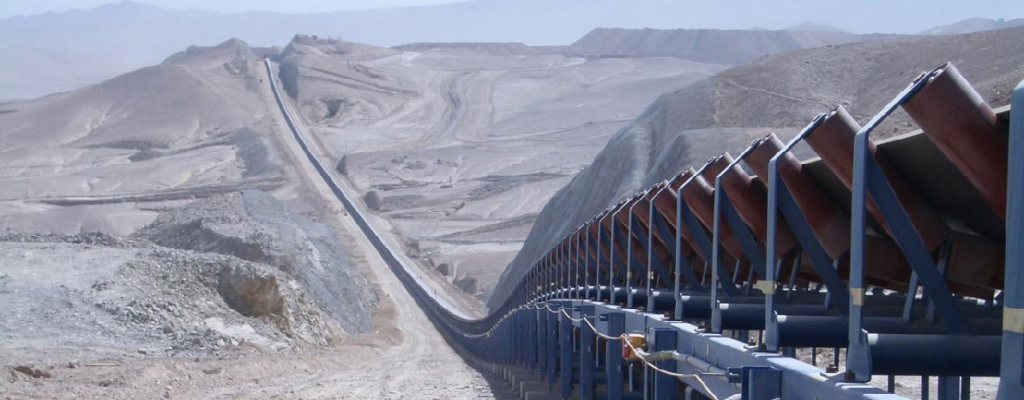
Tags: conveyor design,Rubber conveyor belt

